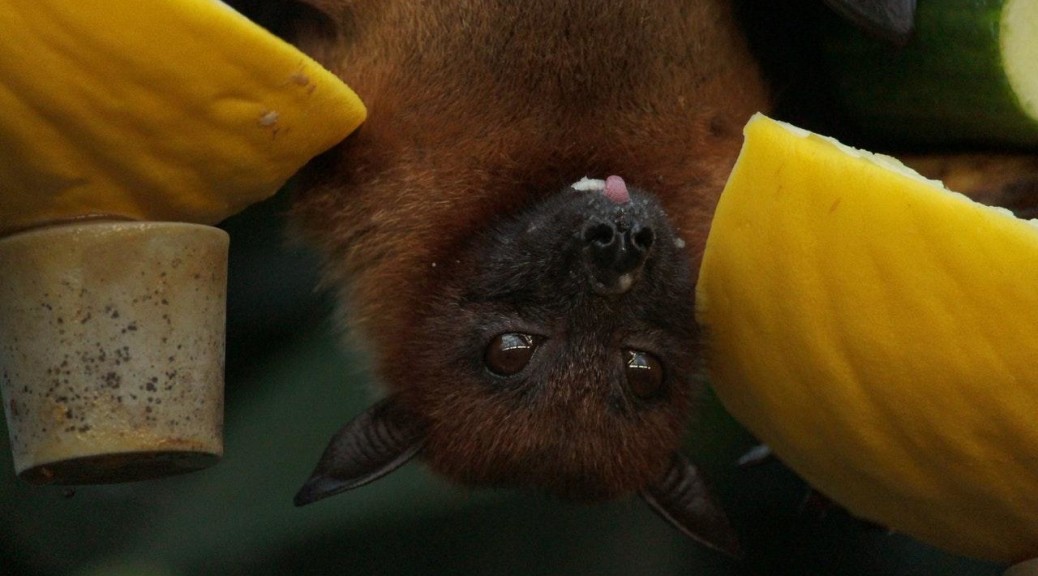Bats are often misunderstood creatures, more commonly associated with spooky tales and Halloween than with their ecological importance. These nocturnal mammals have been the subject of myths and legends for centuries, often depicted as sinister beings lurking in the shadows. However, the reality of bats is far more fascinating and vital to the environment than most people realize.
Did you know that there are over 1,400 species of bats worldwide? They are the second largest order of mammals, only behind rodents. Bats inhabit every continent except Antarctica, adapting to a variety of climates and ecosystems. From the tiny bumblebee bat, which weighs less than a penny, to the giant golden-crowned flying fox with a wingspan of nearly six feet, bats come in all shapes and sizes.
Despite their diverse nature and widespread presence, bats are often viewed with fear and suspicion. This negative perception is largely due to their nocturnal habits, mysterious appearance, and associations with vampire folklore. Yet, these incredible creatures play indispensable roles in ecosystems around the globe, from pest control to pollination, and even seed dispersal.
We will shed light on five surprising facts about bats that highlight their importance and may just change the way you think about these often-misunderstood mammals. By the end of this article, you’ll see that bats are not creatures to fear, but rather, fascinating animals that deserve our respect and protection.
1. Bats Are Vital Pollinators
When we think of pollinators, bees and butterflies usually come to mind. However, bats also play a crucial role in pollination, particularly in tropical and desert ecosystems.
- Over 500 plant species rely on bats for pollination, including some important for human consumption.
- Common crops pollinated by bats include bananas, avocados, and agave (used in making tequila).
So, the next time you enjoy a tropical fruit or a margarita, you might have a bat to thank!
2. Bats Use Echolocation to Navigate and Hunt
One of the most extraordinary abilities of bats is echolocation. While humans rely primarily on sight, bats use sound to navigate and hunt, especially in the dark.
- Bats emit high-frequency sounds that bounce off objects, helping them “see” through sound.
- This natural sonar system is incredibly precise, allowing bats to catch tiny insects in mid-air with amazing accuracy.
Many bat species are insectivores, meaning they play a critical role in controlling insect populations, including pests like mosquitoes.
3. Bats Are the Only Mammals Capable of True Flight
Though some mammals can glide, bats are the only mammals capable of true, sustained flight.
- Bats’ wings resemble a human hand, with elongated fingers connected by a thin membrane of skin called the patagium.
- This wing structure allows for agile and controlled flight, enabling bats to navigate through dense forests, caves, and other challenging environments.
Their ability to fly also makes them essential for pollination and seed dispersal.
4. Bats Can Live for Over 30 Years
You might expect small animals to have short lifespans, but bats defy this assumption. Some species of bats can live for over 30 years!
- Bats often hibernate, which slows down their metabolism and reduces wear and tear on their bodies, contributing to their longevity.
- This extended lifespan allows bats to continue playing vital roles in their ecosystems, particularly in pest control and pollination.
5. Bats Play a Crucial Role in Pest Control
One of the most important ecological roles bats play is as natural pest controllers.
- A single bat can consume up to 1,200 insects per hour, including mosquitoes, moths, beetles, and other pests.
- By reducing the need for chemical pesticides, bats help maintain ecological balance and protect the health of humans and other wildlife.
This makes them incredibly valuable for agriculture and public health.
Protect and Respect Bats
Bats are essential to our environment, yet they are often misunderstood and mistreated. Whether through habitat loss, disease, or human persecution, bat populations face significant threats.
At Animal Capture Wildlife Control, we are committed to humane bat removal and exclusion services. If you have a bat problem or want to learn more about how to protect these incredible creatures, contact us today. Let’s work together to ensure that bats continue to thrive in our ecosystems.
